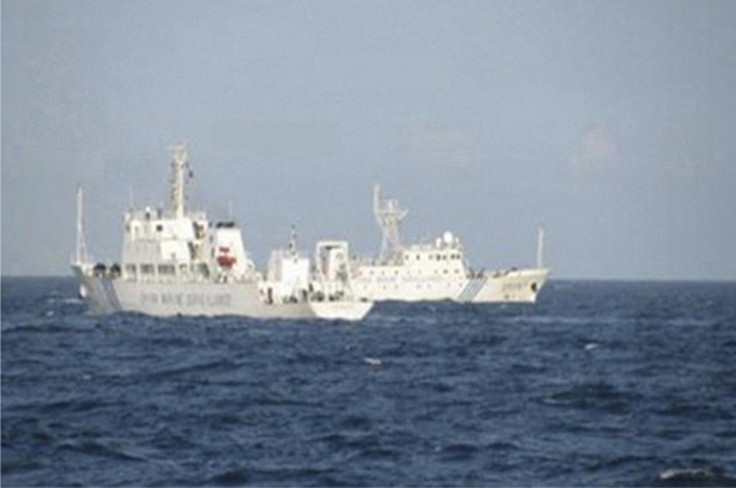China Keeps Up Pressure On Indonesia And Malaysia With Survey Ship Intrusion
KEY POINTS
- Another survey vessel that was inside Malaysia's EEZ left following Kuala Lumpur's protest
- Analysts said Jakarta might be hoping to resolve the issues with China through talks
- China is reportedly using survey vessels to gather data on the undersea environment
In a bid to boost its maritime interest in the Indo-Pacific, China has been sending survey ships into the Exclusive Economic Zones (EEZ) of its neighbors. This is besides the display of military might, which sees PLA warships and fighter jets constantly breaching the territory of other nations.
The latest country to choke under Chinese highhandedness is Indonesia, which reportedly is taking a "quiet and cautious approach" despite the presence of a large Chinese survey vessel in the Natuna sea.
A report by Radio Free Asia said Jakarta has been playing down the presence of the Chinese ship, even after experts pointed out that the grid-like pattern it creates is typical of a maritime seabed survey.
The survey vessel Haiyang Dizhi 10 has been operating in the North Natuna Sea, the northern reaches of Indonesia, since August end.
The vessel is reportedly lingering near the Tuna Block -- an important oil and gas field in the area. Though it took a break to re-supply in late September, it returned in October.
This comes as Malaysia, unlike the Philippines and Indonesia, took a staunch stance against the presence of another Chinese survey ship inside its EEZ. Kuala Lumpur summoned the Chinese envoy to register its protest two weeks ago, following which 4,600-ton vessel Da Yang Hao left its waters.
Ship tracking data on Monday showed the 4,600-ton vessel is now on its way northward, more than 200 nautical miles west of the Philippines.
However, Jakarta has been cautious about reacting against China, despite public pressure. According to Imam Prakoso from the Indonesia Ocean Justice Initiative, Haiyang Dizhi 10 was likely carrying out unlawful research activity in the Indonesian territory.
"Do they have permission or not? If not, it’s clearly illegal because we have clear rules regarding scientific research activities at sea," Imam was quoted by Benar News just after the ship re-entered the territory on Oct. 5.
However, the Indonesian Coordinating Minister of Maritime and Investment Affairs Luhut Binsar Pandjaitan was dismissive of the issue, saying the country "respected freedom of navigation in Natuna Sea."
Huong Le Thu, a senior analyst at the Australian Strategic Policy Institute, told Radio Free Asia that "Indonesia is very carefully selective about how and when it reacts and responds to China's assertiveness, which I'd even call provocation, in the Natuna Sea."
Huong added that though Indonesia is confident of dealing with China through dialogues, it takes time. "China has been modernizing its military capability, reclaiming islands in the South China Sea, and growing in ambition. I don't think we have all the time like many in Jakarta would assume," Huong said.
In March, reports said that China was gathering data on the undersea environment in the Indian Ocean, and two government survey ships were out to use for the same. These survey activities were said to be aimed at giving Chinese submariners an advantage in their area.

© Copyright IBTimes 2024. All rights reserved.











